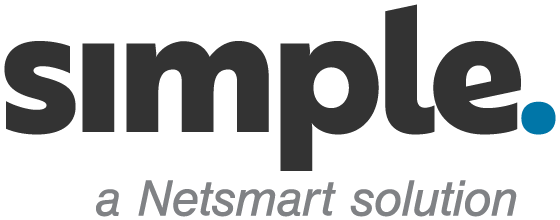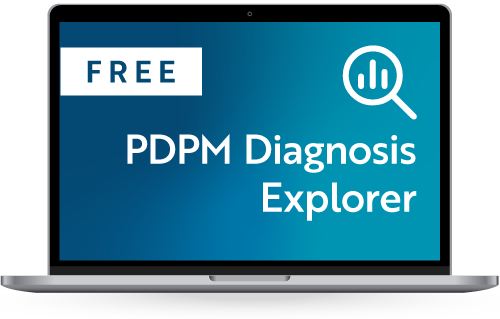Reducing rehospitalizations at your long-term care facility just got easier.
We’re delighted to hear so many customers expressing excitement about SimpleAnalyzer™. They tell us they appreciate how simple the dashboard makes it for them to evaluate MDS data for each of their facilities. We always appreciate customer feedback and we’ve used some of those suggestions to develop the updates we’re highlighting here.
The new SimpleAnalyzer enhancements are designed to make it simpler to investigate rehospitalization trends at your organization. The new features include:
- New documentation outlining the detailed calculations behind the metrics you see on the dashboard
- Pop-up definitions that quickly explain the meaning of various metrics and comparisons
- Industry benchmark data comparing your facility’s performance against thousands of other facilities within the SimpleLTC network
- Simpler sorting of rehospitalization data to show the most important information first
- New diagnosis data shown within individual stays for each resident
With SimpleAnalyzer, analysis of your MDS and resident data takes place automatically within your workflow. This eliminates manual calculations and guesswork, so you save time and data is much more accurate. Because the analytics compare data across all the facilities in your organization, you can even drill down to view information at the level of individual residents and MDS assessments.
Check out the brief video [1:49] for a quick overview of the new features. We’re planning more new views and enhancements for SimpleAnalyzer, so look for more info coming soon. If you have questions, please contact our Support Team.
About SimpleAnalyzer™
SimpleAnalyzer™ is a web-based analytical tool for optimizing reimbursement by analyzing and “scrubbing” MDS 3.0 and UB-04 files. It comprehensively audits both clinical MDS and financial UB files, alerting you to potential problem areas and inconsistencies so you can correct errors before submission. With SimpleAnalyzer, you can proactively spot problems, maximize reimbursement, maintain regulatory compliance, reduce audit risk and improve overall quality of care. Learn more.




